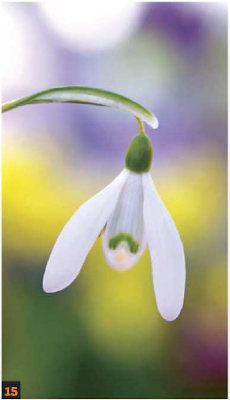Nikon D90 has F-Mount with AF coupling and AF contacts
What is Nikon F-Mount?
The Nikon F-mount is a type of interchangeable lens mount developed by Nikon for its 35 mm SLR cameras.
The F-mount was first introduced on the Nikon F camera in 1959, and features a three lug bayonet mount with a 44 mm throat and a flange to focal planedistance of 46.5 mm.
The large variety of F-mount compatible lenses makes it the largest system of interchangeable flange-mount photographic lenses in history. Over 400 different Nikkor lenses are compatible with the system. The F-mount is also popular in scientific and industrial applications, most notably machine vision.
The Nikon F-mount is one of only two photographic lens mounts (the other being the Pentax K mount) which were not abandoned by their associated manufacturer upon the introduction of autofocus, but rather extended to meet new requirements related to metering,autofocus, and aperture control.
Brands of F-mount photographic lenses include Nikkor, Zeiss, Voigtländer, Schneider, Angénieux, Sigma, Tokina, Tamron, Hartblei,Kiev-Arsenal, Lensbaby, Vivitar, and others. F-mount photographic cameras include current models from Nikon, Fujifilm, Sinar, and Horseman. Numerous other manufacturers employ the F-mount in non-photographic imaging applications.
The F-mount has a significant degree of both backward and forward compatibility. Many current autofocus F-mount lenses can be used on the Nikon F, and the earliest manual-focus F-mount lenses of the 1960s and early 1970s can, with some modification, still be used to their fullest on all professional-class Nikon cameras.
Incompatibilities do exist, however, and adventurous F-mount users should consult product documentation in order to avoid problems. For example, many electronic camera bodies cannot meter without a CPU enabled lens, the aperture of G designated lenses cannot be controlled without an electronic camera body, and non-AI lenses (manufactured prior to 1977) can cause mechanical damage to later model bodies unless they are modified to meet the AI specification.
Originally all Nikon bodies and lenses were manufactured in Japan. Since 1991, however, increasing amounts of high-volume production (mostly consumer bodies and lenses) has been shifted to production centres in Thailand and China.
Most Nikon F-mount lenses cover the standard 36×24 mm area of 135 film and the Nikon FX format, while DX designated lenses cover the 24×16 mm area of the Nikon DX format, and industrial F-mount lenses have varying coverage. "DX" lenses may producevignetting when used on film cameras. However, Nikon lenses designed for film cameras will work on Nikon digital system cameras with some limitations.




















